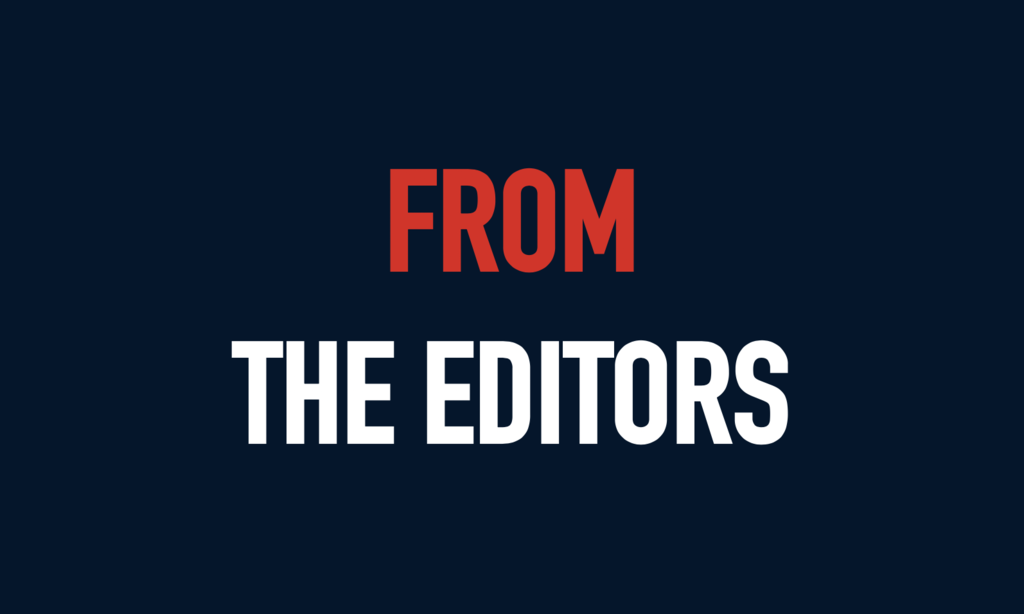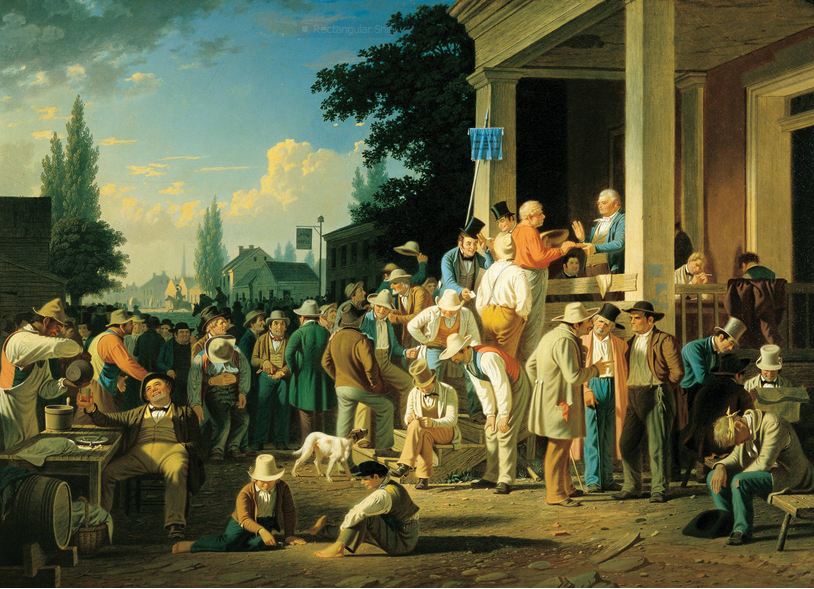Since we no longer have borders there is no need for safety theater.
Bidenomics: A Rhetorical Exercise

The president is betting big on a thin economic record.
President Biden has made several speeches in recent days that tout his economic record. Referring to his accomplishments as “Bidenomics,” he has argued that the American public is wrong to give him such low grades on his handling of the economy. According to the president, his record is stellar. The economy is doing well, he insists, and what is more, it will do even better once his policies have a chance to take effect. Biden deserves credit for taking ownership of his economic record. But his review leaves out crucial parts of the picture, parts that the American public cannot ignore. These other bits leave little likelihood that his message will gain widespread acceptance.
If the polling figures have anything to say, the president will have a tough job bringing the average American around to his way of thinking. His approval figures on economics have deteriorated consistently since he took office. In March of 2021, just after the second pandemic relief bill became law, some 60 percent of American adults thought Biden was doing a good job generally. That was the high point. Soon thereafter, as inflation took its toll on living standards and news began to filter in that the post-pandemic surge was losing momentum, his approval ratings began to fall. And they have done so consistently since, down to recent lows showing that a mere 38.3 percent of American adults approve the president’s handling of the economy.
In defense of his administration’s record, Biden has offered his audiences four basic points. The first focuses on the still-strong jobs market. In June, payrolls grew by 209,000 after an even stronger May figure of 306,000. Unemployment, which is at 3.6 percent, remains remarkably low by historical standards. His second point uses the upbeat jobs theme to argue relative prosperity in how the economy has avoided recession, which was widely anticipated when the Federal Reserve (Fed) began its anti-inflationary interest rate hikes.
Biden’s third point stands on less firm footing than his first two. He emphasizes the slowdown in the pace of inflation to a four percent annual rate, less than half of what it was in June of 2022. This is an undeniable fact. What is less convincing is how Biden, without offering any economic reason why, implies that the improvement simply will continue. Nothing in economic theory or past experience suggests that inflation, or any other economic measure for that matter, will move along a steady, smooth path.
Finally, the president asserts that his policy of targeting certain investments will drive the economy foreword more effectively than tax cuts, for instance, or regulatory relief. History shows that the contrary is true. He cites as evidence last year’s bipartisan infrastructure bill and his legislation to subsidize the domestic manufacturing of semiconductors as well as the recently announced $40 billion to bring high-speed internet to the entire country. But there is no evidence, at least so far, of economic dividends from these policies. Biden all but admits this fact by warning that the positive effects will take time to materialize. So much for what the president says.
What he leaves out of his bright picture are other economic indicators and considerations that, despite the speech’s rosy, upbeat picture, might explain his low approval rating on economics. Americans, for instance, have certainly noted the deterioration of their real wages. Weekly and hourly paychecks have increased, but they have failed to keep up with inflation. The real buying power of the average paycheck has declined more than three percent since Biden took office. The country’s real gross domestic product (GDP) increased at barely a two percent annual rate during the year’s first quarter, far less than historical averages. Consumer spending—a crucial two-thirds of the economy—increased by only 0.8 percent annualized in real terms during a three-month period that ended in May, the last period for which data are available. Homebuilding, though up recently, has declined nearly 13 percent over the past year. Meanwhile, office buildings in city centers remain vacant, and developers have begun to walk away, leaving lenders and bondholders to take the loss. None of this speaks either to confidence among households or much of an engine of growth.
If Biden’s speeches are an early glimpse of the 2024 election campaign—and that is certainly what they sound like—he has taken a high-risk strategy. The election, after all, is 16 months away. For his economic perspective to gain traction, the economy will have to improve visibly over the intervening months. But the Fed is determined to raise interest rates in the coming months and at the very least keep them high until inflation retreats to the preferred two percent rate, half of today’s rate. That policy posture promises continued economic restraint that, if it does not guarantee recession, hardly points to an economic resurgence. The president also has effectively promised continued improvements in inflation. But history shows that inflation typically follows a variegated path and will almost surely show signs of worsening at some point during this time. Nor are wages likely to catch up to inflation any time soon. Things could of course work out, but the likelihood suggests that economic conditions will deteriorate before they improve.
The American Mind presents a range of perspectives. Views are writers’ own and do not necessarily represent those of The Claremont Institute.
The American Mind is a publication of the Claremont Institute, a non-profit 501(c)(3) organization, dedicated to restoring the principles of the American Founding to their rightful, preeminent authority in our national life. Interested in supporting our work? Gifts to the Claremont Institute are tax-deductible.
Whoever wins, we’ve got work to do.
A few words of wisdom.
The Claremont Institute's pre-election war games have proven prescient so far.
Release the moms!
A father's ultra woke wisdom for the time






